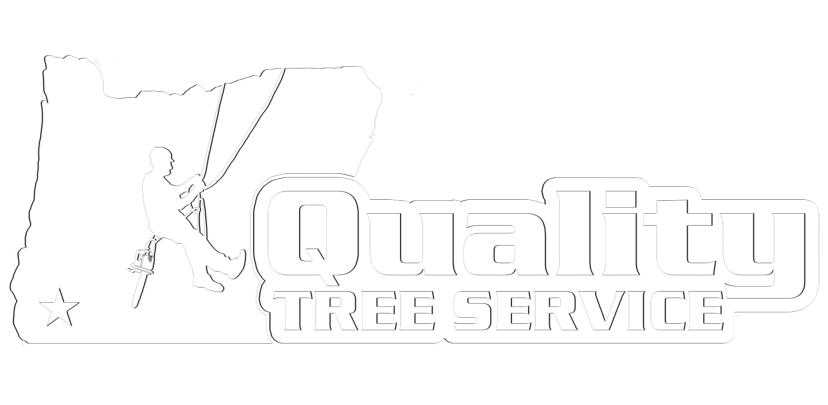Trees provide shade, beauty, and ecological benefits to your property. However, there are times when a tree can pose risks or hinder your landscape’s health and functionality. Knowing when to remove a tree is crucial for safety and maintaining the aesthetic appeal of your outdoor space. Here’s a guide to help you determine if it’s time to say goodbye to a tree.
1. Visible Signs of Damage or Decay
A tree with significant structural damage or decay is a safety hazard. Look for the following signs:
- Cracks or Splits: Large cracks in the trunk or branches can indicate internal weakness.
- Hollow Trunk: While some hollow trees can live for years, a hollow trunk often means the tree’s structural integrity is compromised.
- Fungal Growth: Mushrooms or fungi at the base of the tree are signs of internal decay.
If the damage is extensive and cannot be mitigated through pruning or support systems, removal may be necessary.
2. The Tree is Leaning Dangerously
While some trees naturally grow with a slight lean, a sudden or severe tilt can indicate root damage or instability.
- Assessment Tip: If the lean is over 15 degrees, especially toward a structure, driveway, or other high-risk area, it’s time to call a professional for evaluation.
3. Pest Infestation
Insects like termites, borers, or carpenter ants can weaken a tree from the inside out. Signs of infestation include:
- Holes in the bark.
- Sawdust-like residue at the base.
- Reduced foliage or branch dieback.
A tree heavily infested with pests is often beyond saving and may need removal to prevent the spread to other trees.
4. Disease That Cannot Be Treated
Diseased trees can quickly become a danger if not addressed. Common symptoms of tree diseases include:
- Discolored or spotted leaves.
- Sudden leaf loss out of season.
- Bark peeling or cankers (dead, sunken areas).
In some cases, early intervention can save a tree, but advanced diseases often necessitate removal to protect nearby healthy trees.
5. Interference with Property or Utilities
Trees that grow too close to structures, driveways, or power lines can cause significant problems:
- Roots can crack foundations, sidewalks, or sewer lines.
- Overhanging branches can damage roofs during storms.
- Proximity to power lines creates a fire and electrical hazard.
Removing these trees proactively can prevent costly repairs or accidents.
6. Severe Storm Damage
Trees that sustain significant damage from storms may no longer be safe to keep. Split branches, broken trunks, or uprooted roots often leave a tree unstable and at risk of falling.
7. Overcrowding in Your Landscape
Sometimes, tree removal is necessary for the overall health of your landscape. Overcrowded trees compete for sunlight, water, and nutrients, leading to stunted growth and weak structures. Removing one or more trees can allow the remaining ones to thrive.
When in Doubt, Consult a Professional
Deciding to remove a tree isn’t always straightforward. A professional tree care service, like Quality Tree Service, can assess the health and stability of your tree, recommend the best course of action, and safely handle the removal if needed.
Why Choose Quality Tree Service?
At Quality Tree Service, we specialize in tree health assessments, safe removals, and preventive care. Our experienced team uses state-of-the-art equipment to ensure efficient and safe tree removal while minimizing disruption to your property.
Protect Your Landscape Today
Don’t wait until a tree becomes a hazard. If you’re concerned about a tree on your property, contact Quality Tree Service for a consultation. We’ll help you make the best decision for your safety and your landscape’s health.
